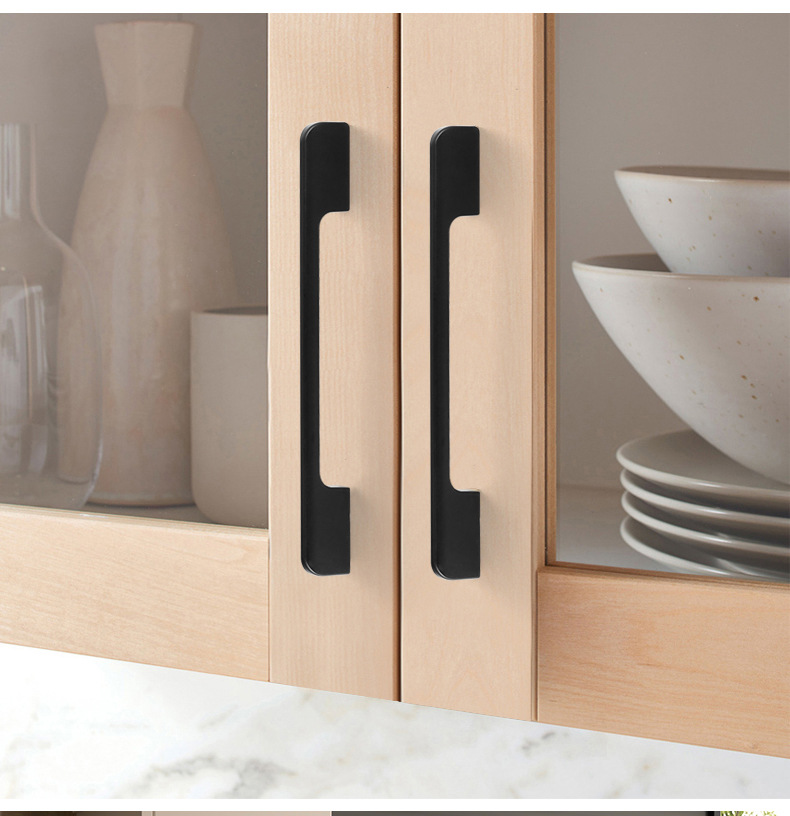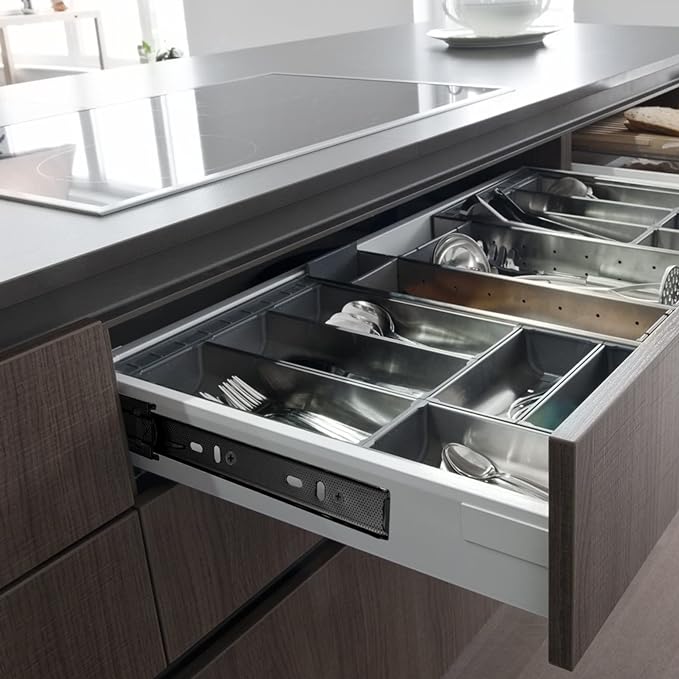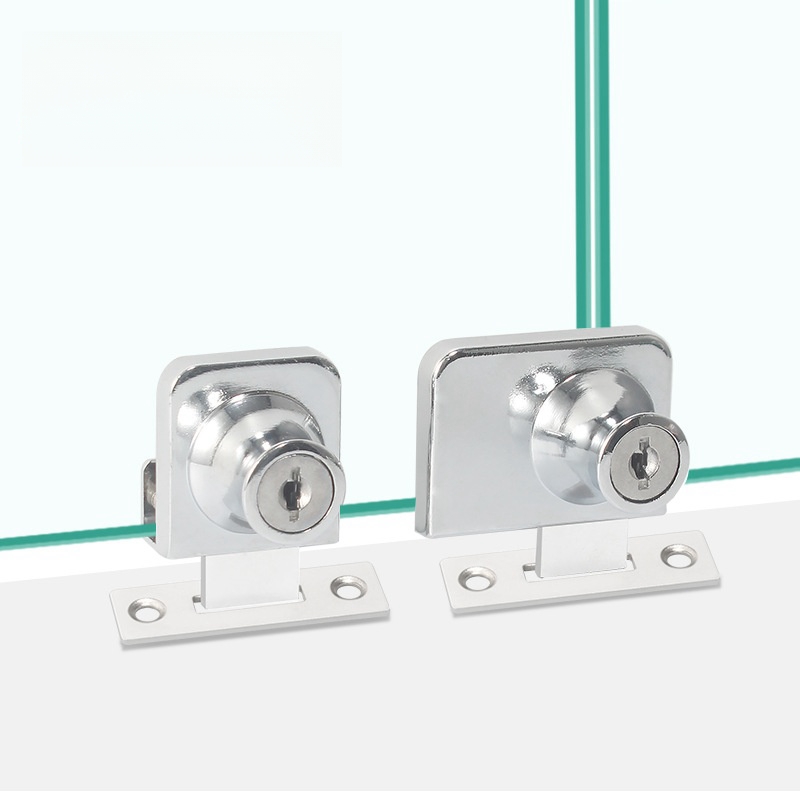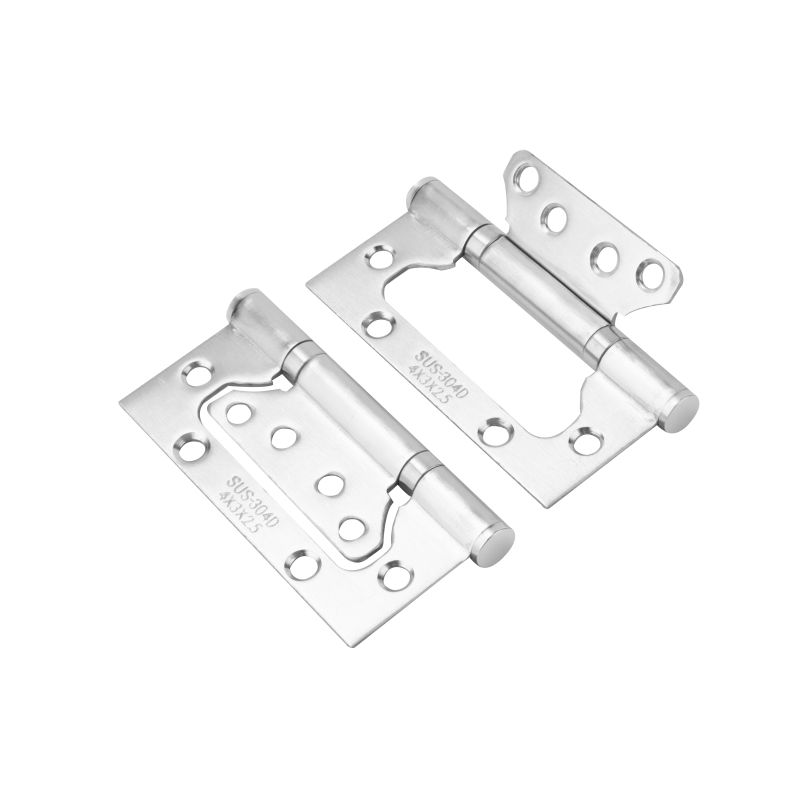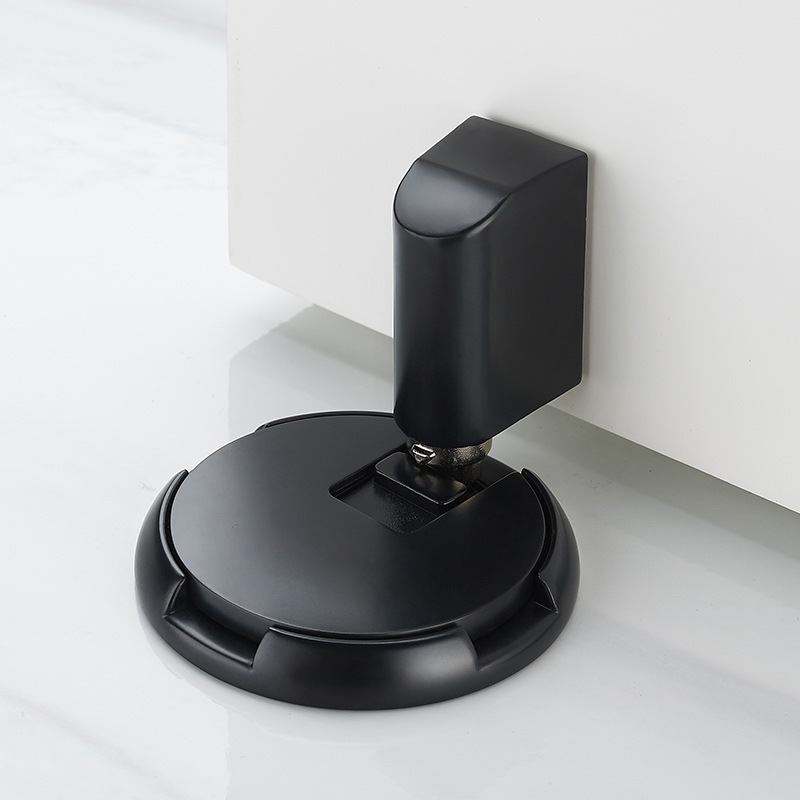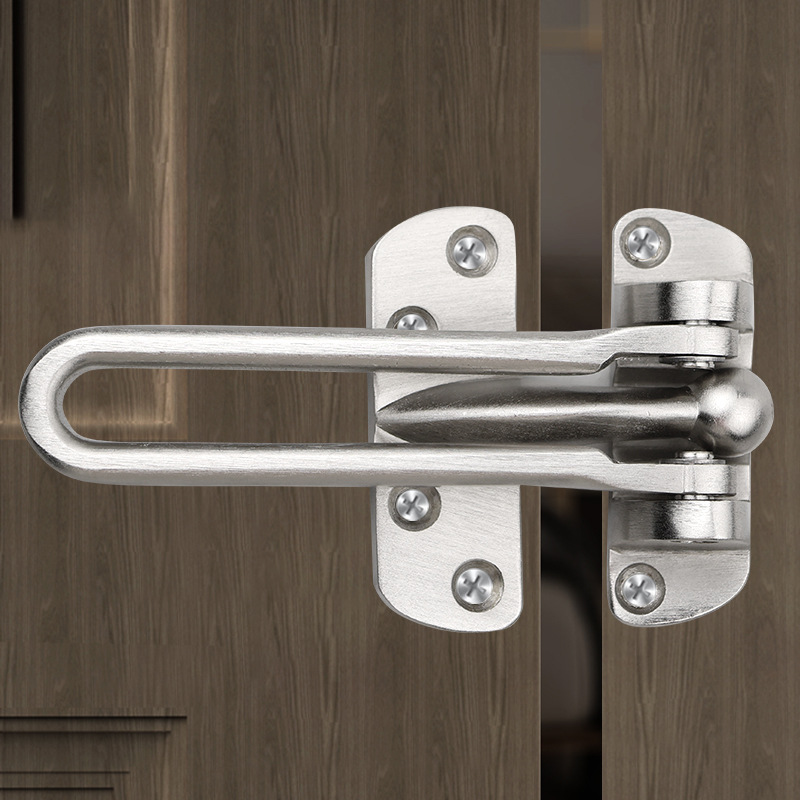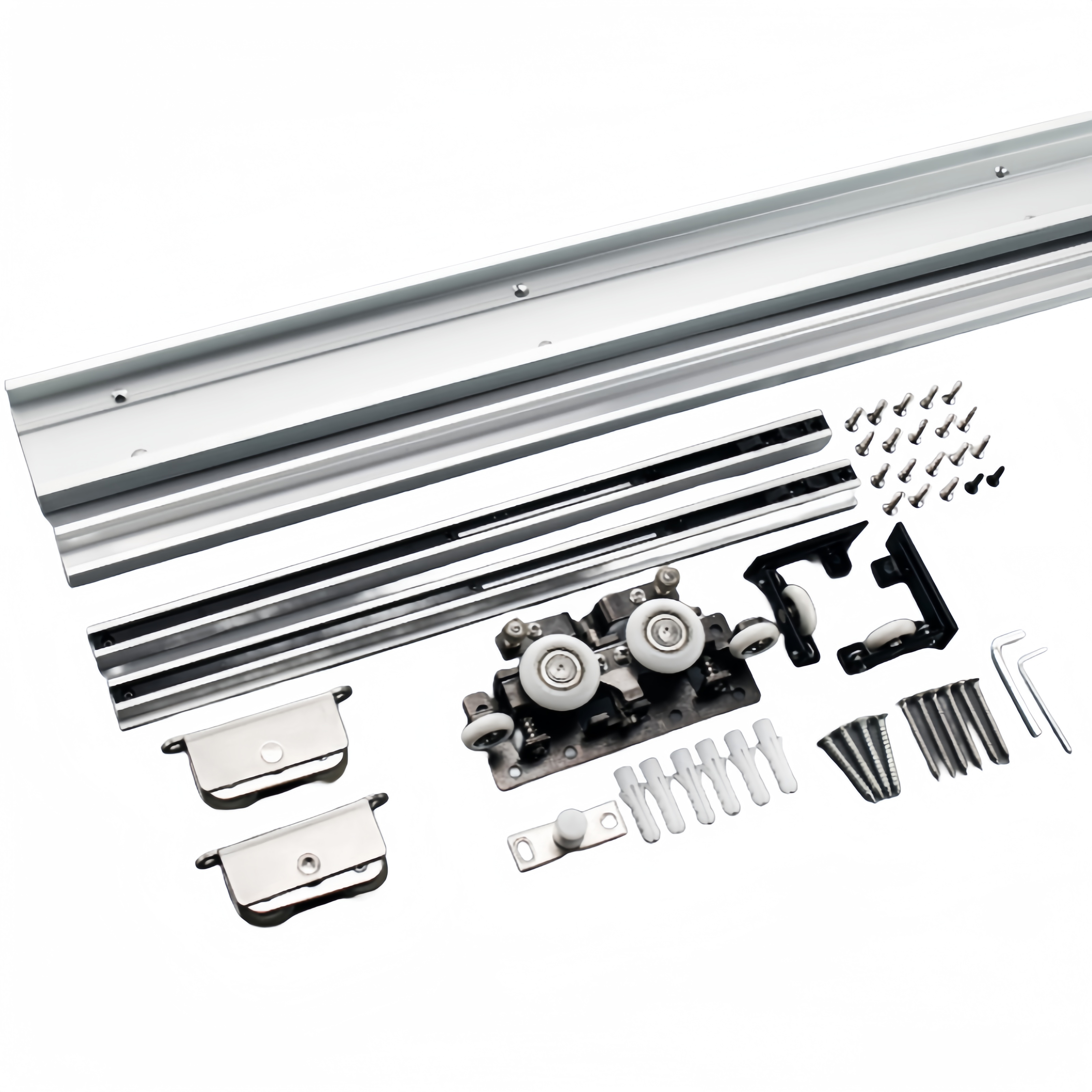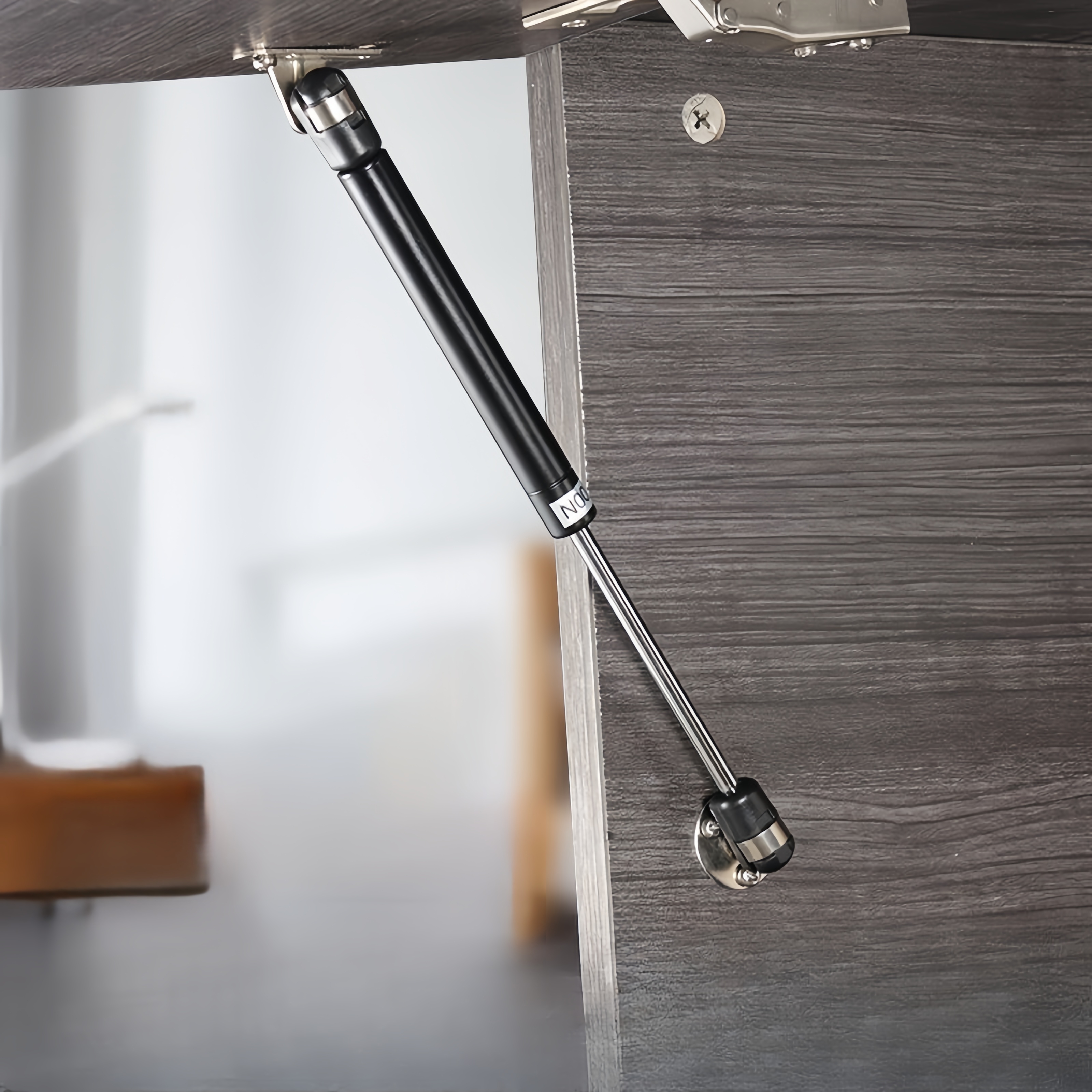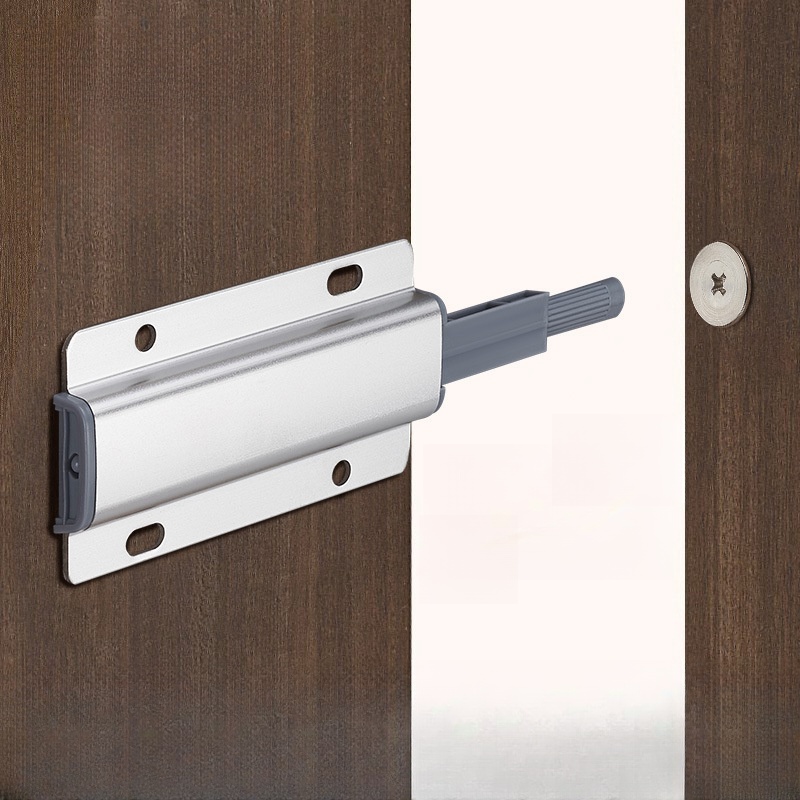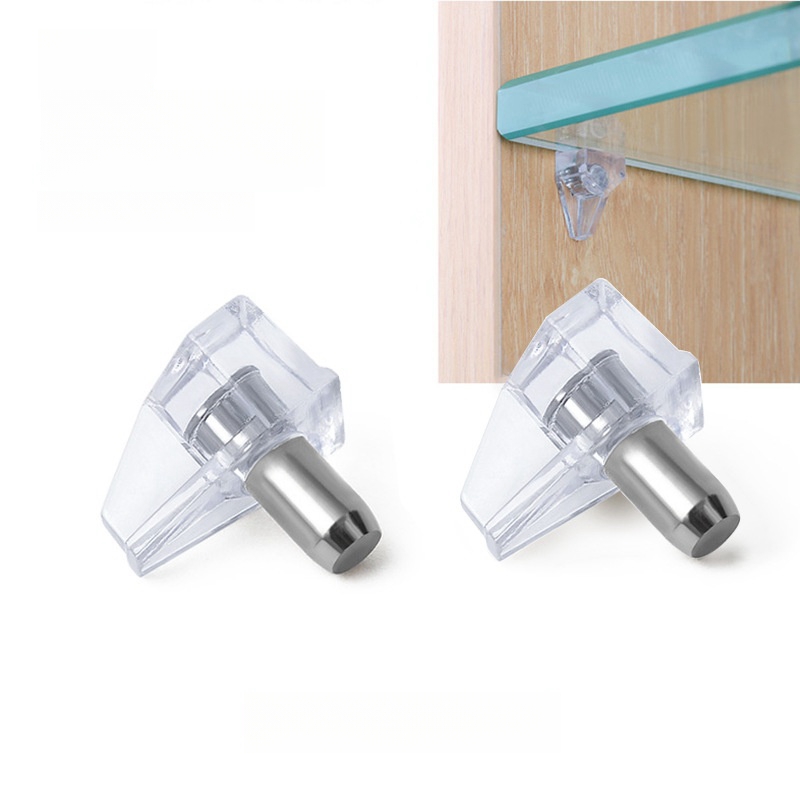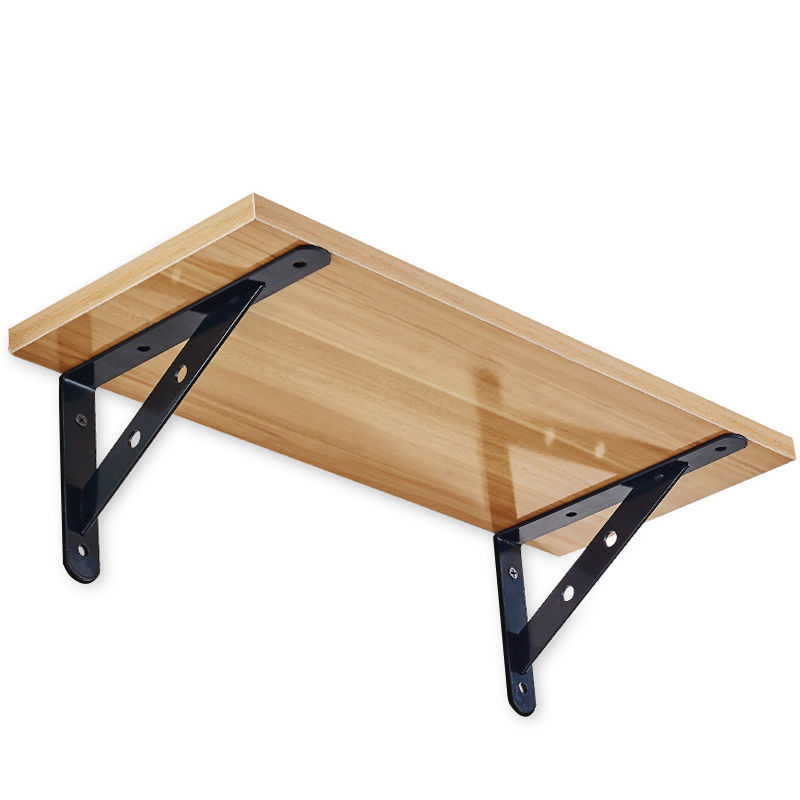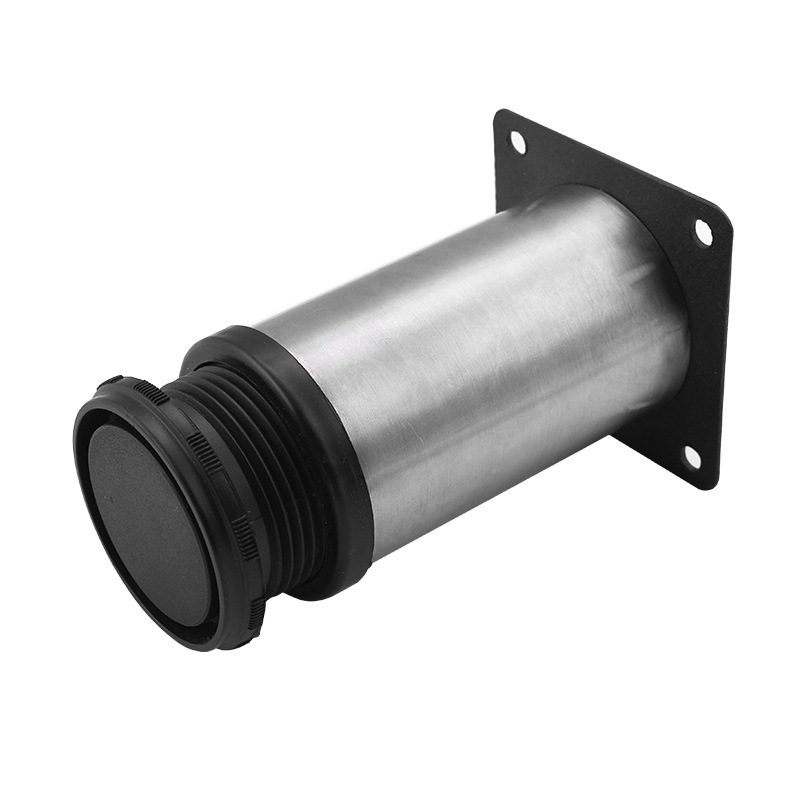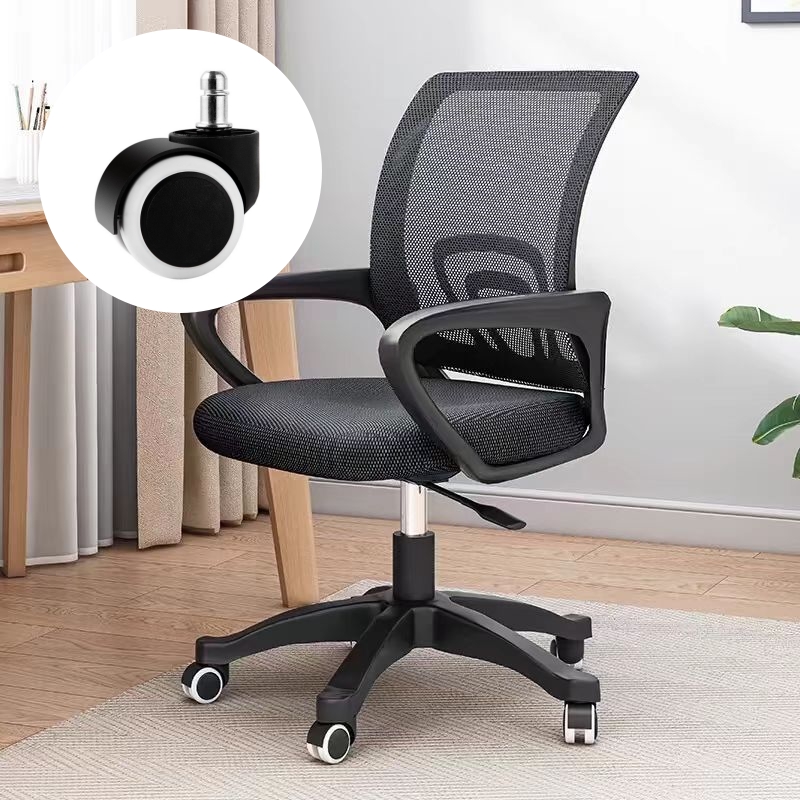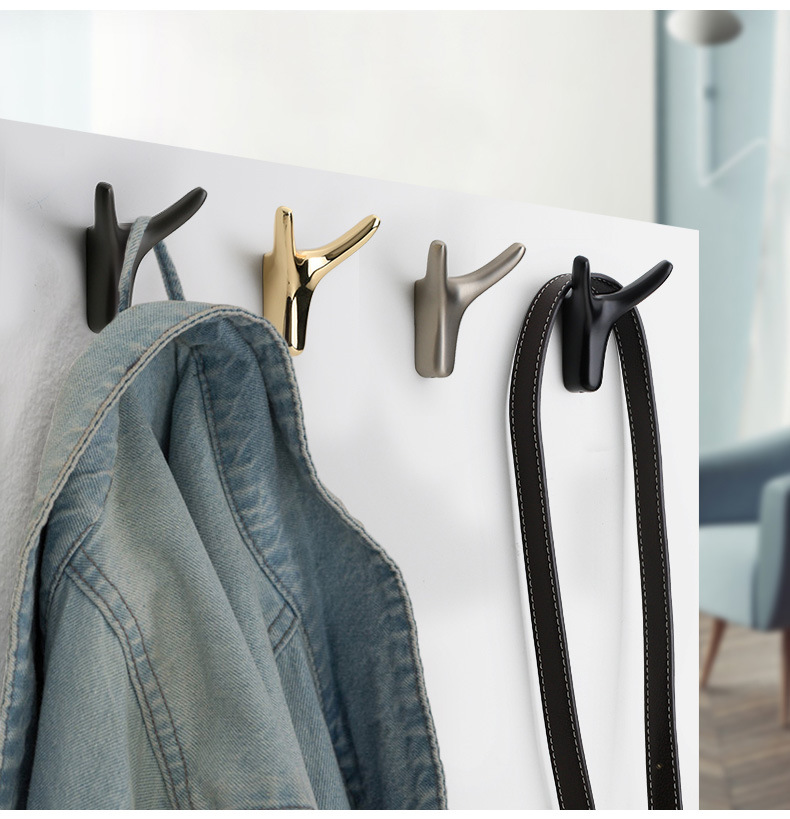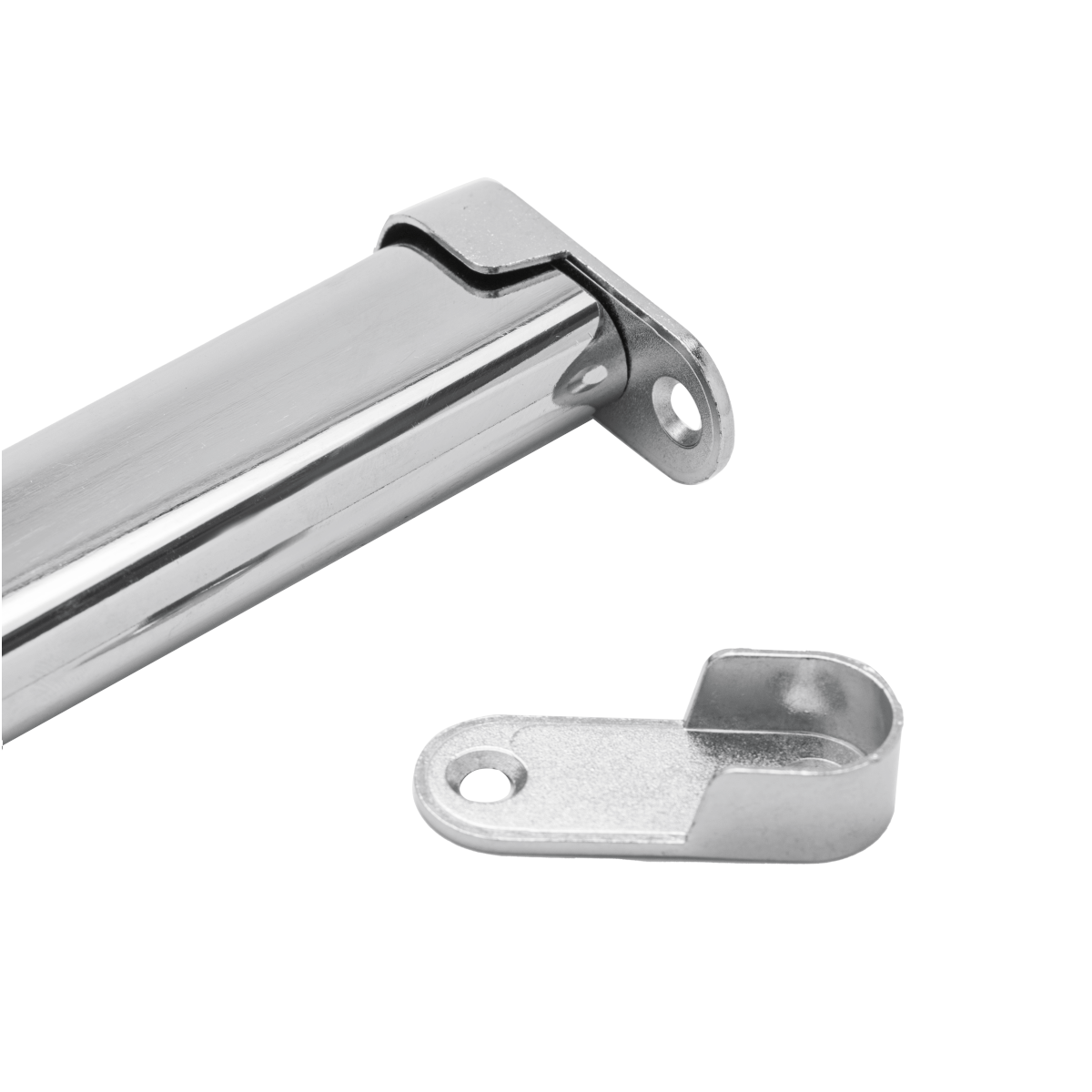
ABOUT
Guangzhou Toplink hardware Co., Ltd specialized in the production and export of furniture hardware fittings, with an experience of more than 14 years.
Our main products are drawer locks, cabinet hinges, sliding rails, cabinet handles, casters, cabinet legs and connecting fittings etc..
With a complete range of products, excellent performance and reasonable prices we have built up business with many customers all over the world.
We are committed to strict quality control and considerate customer service. We sincerely looking forward to becoming your best choice and the most reliable partner!
PRODUCTS
how to fix a stuck door latch
Identifying the Source of the Problem
Before you start tinkering with your door latch, it's crucial to identify the root cause of the jam. Is the problem with the latch itself, the strike plate, the door frame, or perhaps something else entirely? Carefully examine the door and its surrounding components. Look for any obvious obstructions, such as paint buildup, debris, or warped wood. A simple visual inspection can often pinpoint the problem area, saving you time and effort. Check if the door is binding anywhere, perhaps due to swelling from humidity or settling of the house. Even a small misalignment can create significant resistance.
Pay close attention to how the latch interacts with the strike plate. Is the latch bolt engaging fully with the strike plate? If not, this could indicate a misalignment issue or a problem with the latch mechanism itself. A misaligned strike plate is a common culprit, often caused by the door settling or accidental damage. Lightly tapping the strike plate with a hammer can sometimes rectify minor misalignments, but proceed cautiously to avoid causing further damage.
Sometimes, the problem isn't with the latch or strike plate but with the door itself. A door that's swollen from humidity can bind against the frame, preventing the latch from engaging properly. Similarly, a door that's become warped or misaligned can create friction and impede the smooth operation of the latch. In such cases, addressing the underlying door issue might be necessary before you can fix the stuck latch.
Lubrication: A Simple Solution
One of the most common causes of a stuck door latch is simply a lack of lubrication. Over time, the moving parts of the latch mechanism can become dry and stiff, leading to binding and difficulty in operation. Applying a suitable lubricant can often resolve the issue quickly and easily. Graphite powder is an excellent choice as it's dry and won't attract dirt or grime. Avoid using oil-based lubricants as they can attract dust and debris, eventually making the problem worse.
To lubricate the latch, carefully apply a small amount of graphite powder to the moving parts of the latch bolt and the strike plate. Use a toothpick or a small brush to work the lubricant into the mechanism. Then, work the latch mechanism back and forth several times to distribute the lubricant evenly. This should help to free up any stiff or binding parts and allow the latch to operate smoothly.
For more stubborn cases, you can try using a silicone-based lubricant spray. However, apply it sparingly to avoid excess buildup. Always ensure the lubricant is compatible with the materials of your door and latch mechanism. After applying the lubricant, work the latch repeatedly to ensure it moves freely.
Addressing Misalignment Issues
If lubrication doesn't solve the problem, the issue might stem from misalignment. This is particularly common with older doors or those that have experienced some settling or damage. The strike plate, which is the metal plate embedded in the door frame, might be slightly out of alignment with the latch bolt. This can prevent the latch from engaging properly, resulting in a stuck door.
To address misalignment, you might need to adjust the strike plate. You can use a screwdriver or a hammer to carefully reposition the screws holding the strike plate in place. Make small adjustments, testing the latch after each adjustment to see if it improves the operation. Be cautious not to over-tighten the screws, as this could damage the wood. If the misalignment is significant, you might need to replace the strike plate altogether.
If the problem is with the door itself, you might need to address warping or misalignment. This can be a more complex issue and may require professional assistance. However, in some cases, you can try to carefully adjust the door hinges to improve alignment. Again, make small adjustments and test the latch frequently to avoid over-correction.
Dealing with Broken or Damaged Parts
In some cases, the stuck door latch might be due to a broken or damaged part within the latch mechanism itself. This is more difficult to address and often requires replacing the entire latch assembly. If you suspect a broken part, it's essential to identify the specific component that's faulty.
Replacing a door latch is typically a straightforward process, but it does require some basic DIY skills. Start by removing the existing latch assembly, noting how the various components fit together. Take the broken latch to a hardware store to find a replacement that's compatible with your door. When installing the new latch, ensure that all screws are tightened securely, and test the latch repeatedly to ensure it functions correctly.
If you are uncomfortable working with the latch mechanism, or if you cannot identify the faulty component, it is best to contact a qualified locksmith or handyman. They have the expertise and tools to diagnose the problem accurately and perform the necessary repairs or replacements efficiently and safely.
Prevention is Key
Regular maintenance is crucial in preventing future latch problems. Periodically lubricating the latch mechanism with graphite powder will keep it working smoothly and prevent stiffness. Also, regularly inspect the door and its surrounding components for any signs of damage or misalignment. Addressing minor issues promptly can prevent them from escalating into more significant problems.
Keeping the door and frame clean will also help prevent debris from interfering with the latch mechanism. Regularly cleaning the area around the door and the latch mechanism itself will prevent dust and dirt buildup, ensuring smooth and uninterrupted operation. By proactively addressing potential problems, you can significantly reduce the likelihood of experiencing a stuck door latch in the future.
SUBSCRIBE
INQUIRY
